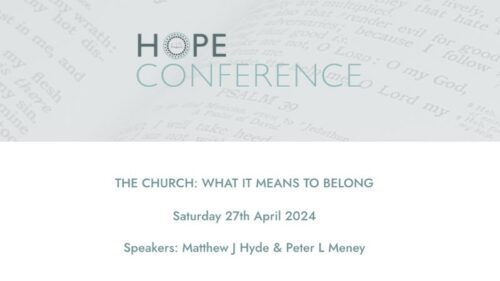Plain Reasons for the AV: Based on a Better Text
1. The Authorised Version is based on a better “text”.
By “text” is meant the Hebrew and Greek wording of the Bible, from which translations are made into English and other languages. A good text is one that can be trusted as a faithful copy of the words which God originally inspired. The text of the Hebrew Old Testament and the Greek New Testament is available in printed editions, which are in turn based on handwritten copies known as “manuscripts”.
The Hebrew and Greek editions which were used by the Authorised Version translators were based on only a few manuscripts. In the centuries which have passed since 1611, when the Authorised Version was published, several thousands of manuscripts have been discovered which were not used by the early translators. The majority of such manuscripts have been proved to be substantially in agreement with the Authorised Version, and the general reliability of the text used for this version has been confirmed.
From the 18th century onwards, scholars have made increasing use of a few very old Greek manuscripts which contain a different form of text. The two best known such manuscripts are the “Codex Vaticanus”, found in the Papal Library in Rome, and “Codex Sinaiticus”, discovered at a monastery on Mount Sinai. Most modern Bible translations leave out or alter many verses to make them agree with these 4th century manuscript copies. The assumption behind this change of text is that “the oldest manuscripts must be the best”. However, the age of a manuscript is not at all a proof of its quality. The early copies which have survived reflect a form of text which was used in Egypt during the 3rd and 4th centuries, and there is a grave danger that the text suffered from local influences. By following this form of text, the modern versions have revived ancient errors. Hundreds of words in the New Testament have been omitted, as well as two lengthy passages (Mark 16.9-20 and John 7.53-8.11) and dozens of complete verses.
The mass of later manuscripts, on the other hand, are undoubtedly faithful copies of the form of text which was handed down over hundreds of years in the many areas where Greek was spoken. This is known as the “majority text” or “traditional text”. The Authorised Version is largely based on this form of text, which is the safest and most trustworthy.
——————————-
Trinitarian Bible Society, “Plain Reasons for Keeping to the Authorised Version”


